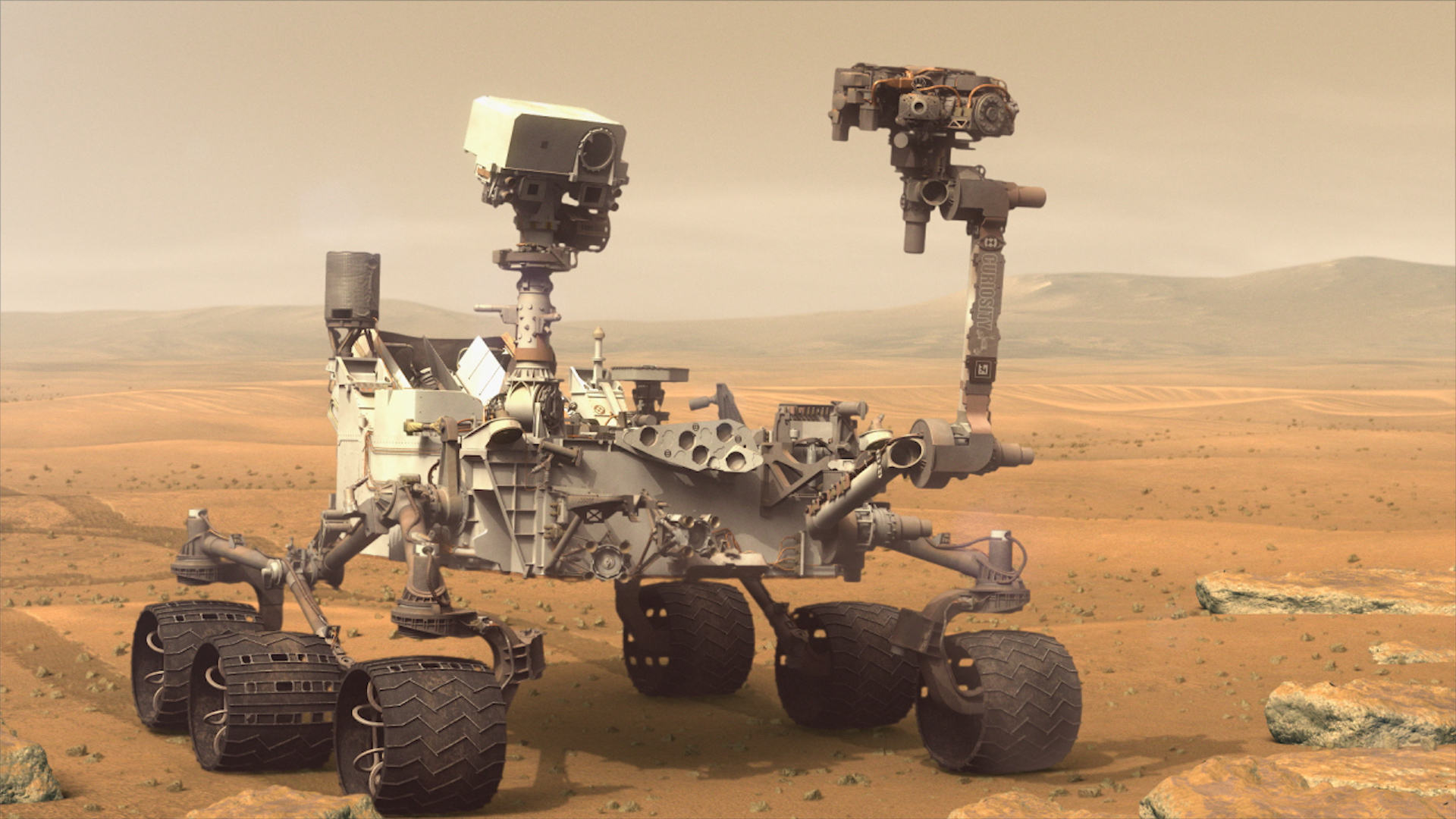MAVEN: Mars Atmospheric Loss
When you take a look at Mars, you probably wouldn't think that it looks like a nice place to live. It's dry, it's dusty, and there's practically no atmosphere. But some scientists think that Mars may have once looked like a much nicer place to live, with a thicker atmosphere, cloudy skies, and possibly even liquid water flowing over the surface. So how did Mars transform from a warm, wet world to a cold, barren desert? NASA's MAVEN spacecraft will give us a clearer idea of how Mars lost its atmosphere (and thus its water), and scientists think that several processes have had an impact.
Learn more about these processes in the videos below!
SPUTTERING How did Mars, a once wet planet, lose its early atmosphere? One possibility is through a process called "sputtering," in which atoms are knocked away from the atmosphere due to impacts with energetic particles.
For complete transcript, click here.
NEUTRAL PROCESSES Scientists think that the collision of neutral hydrogen molecules may have helped to drive the Martian atmosphere into space over billions of years.
For complete transcript, click here.
PLASMA PROCESSES Mars's thick early atmosphere was likely lost to space, and the Sun is a potential culprit. When high-energy solar photons strike the upper Martian atmosphere they can ionize gas molecules, causing the atmosphere to erode over time.
For complete transcript, click here.
Credits
Please give credit for this item to:
NASA/Goddard Space Flight Center
-
Animator
- Chris Smith (HTSI)
-
Video editor
- Chris Smith (HTSI)
-
Narrators
- Chris Smith (HTSI)
- Dan Gallagher (USRA)
-
Producer
- Chris Smith (HTSI)
-
Scientist
- Bruce Jakosky (LASP)
-
Writer
- Chris Smith (HTSI)
Release date
This page was originally published on Tuesday, November 5, 2013.
This page was last updated on Tuesday, October 15, 2024 at 2:52 PM EDT.
Missions
This page is related to the following missions:Series
This page can be found in the following series:Tapes
The media on this page originally appeared on the following tapes:-
MAVEN: Mars Atmospheric Loss Processes
(ID: 2012098)
Tuesday, September 11, 2012 at 4:00AM
Produced by - Brendan Antiochos (NASA)
![During its first decade at Mars, MAVEN has helped to explain how the Red Planet evolved from warm and wet into the cold, dry world we see today. Complete transcript available.Universal Production Music: “Executive Deceit” by Samuel Karl Bohn [PRS], Chalk Music [PRS]; “Quasar” by Ross Stephen Gilmartin [PRS], Chappell Recorded Music Library Ltd [PRS]; “Modular Odyssey” and “Synthology” by Laetitia Frenod [SACEM], Koka Media [SACEM]Watch this video on the NASA Goddard YouTube channel.](/vis/a010000/a014600/a014690/MAVEN-10th-Anniversary-Preview.jpg)
![Learn about the “disappearance” of the solar wind at Mars that was witnessed by MAVEN – an event last seen nearly a quarter-century ago at Earth.Complete transcript available.Universal Production Music: “Space Museum” by Harry Gregson Williams [BMI], Atmosphere Music Ltd. [PRS]; “Currents and Crime Scenes” by Dylan Matthew Love and Harry Gregson Williams [BMI], Atmosphere Music Ltd. [PRS]Watch this video on the NASA Goddard YouTube channel.](/vis/a010000/a014400/a014477/MAVEN_Solar_Wind_Disappear_V4.jpg)
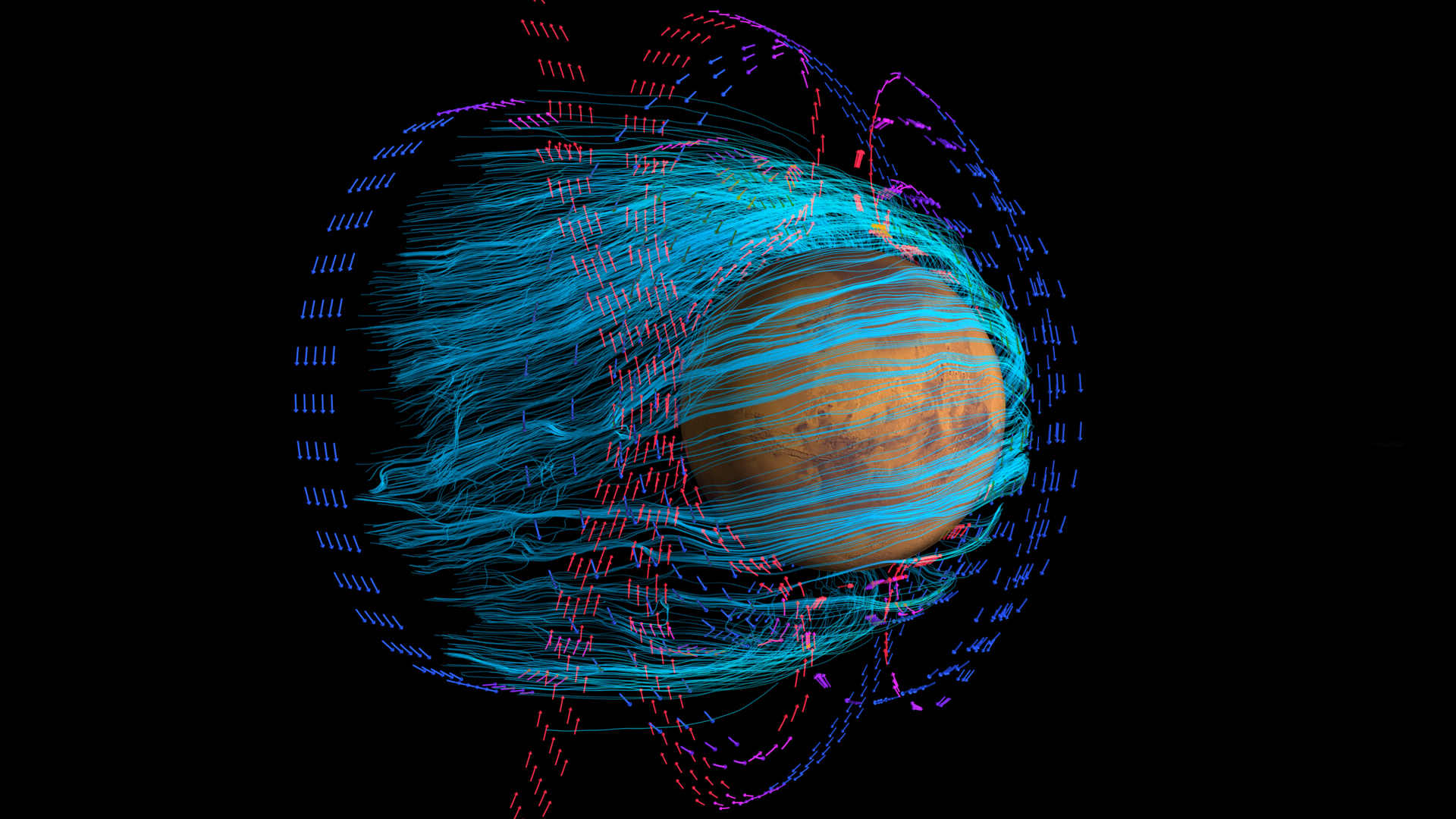

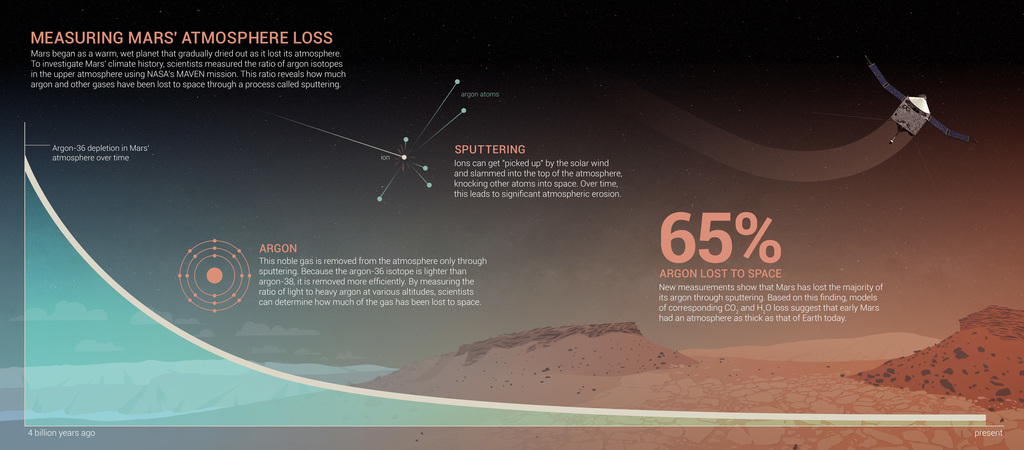


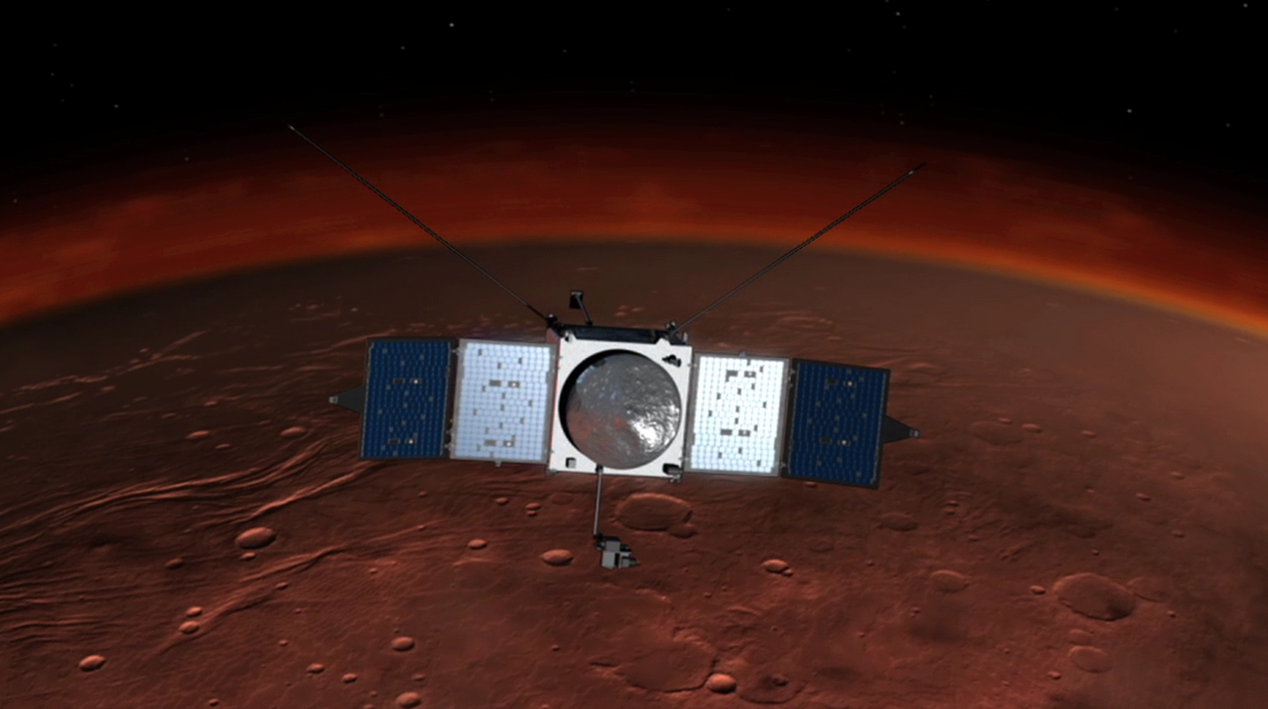


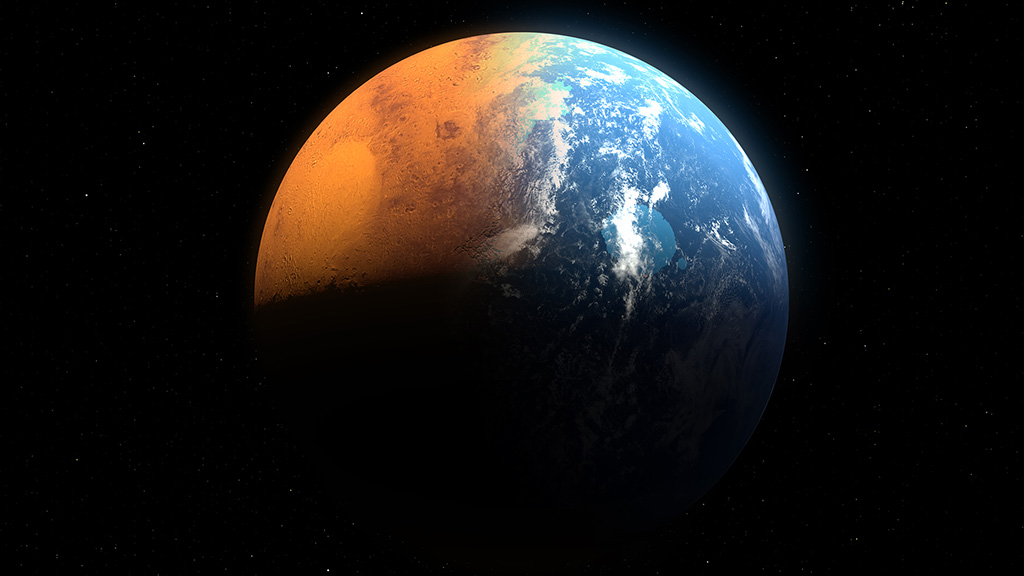

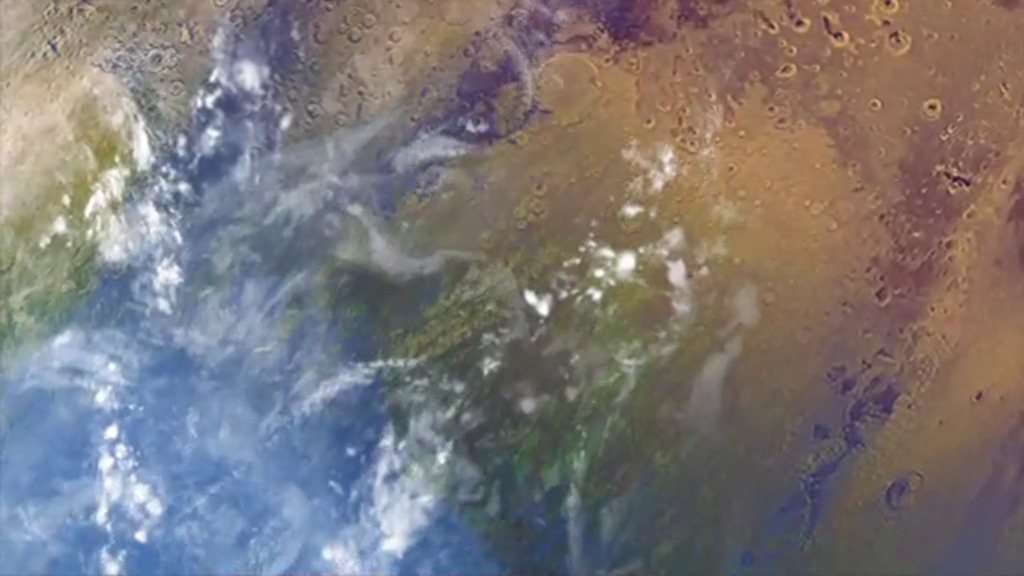

![Complete transcript available.Credit: NASA Goddard Space Flight CenterMusic credit: “Artificial Intelligence” by Matteo Pagamici [SUISA], Max Molling [SUISA] via Universal Production Music](/vis/a010000/a014200/a014299/14299_PlasmaMMS_YouTube.00420_print.jpg)
